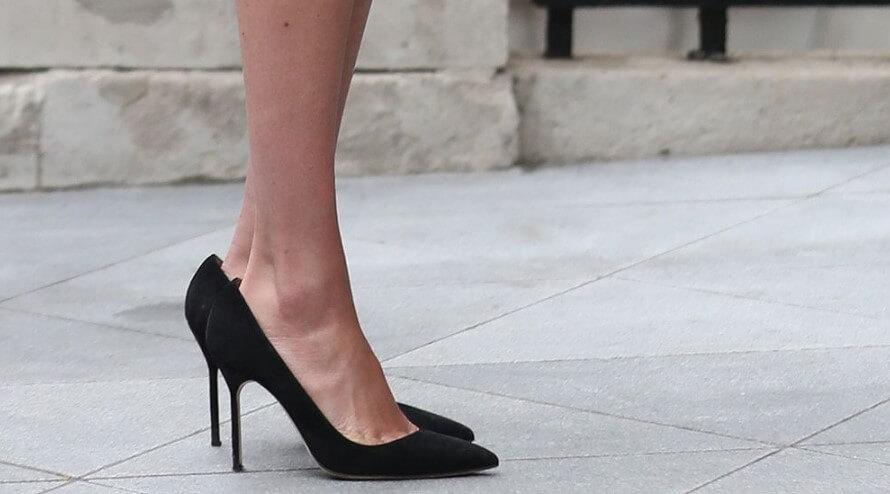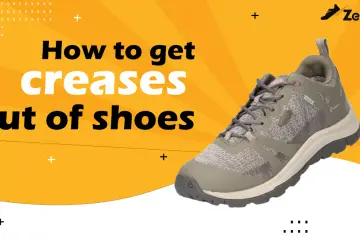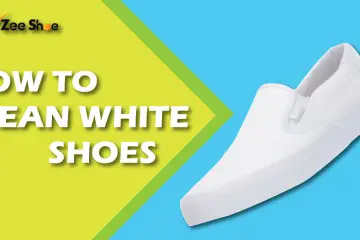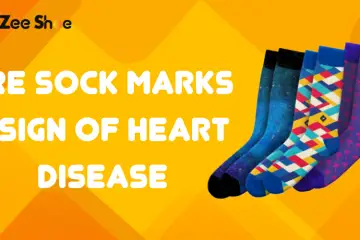Shoes are an essential part of our daily life. They not only protect our feet from the harsh and unforgiving concrete jungle but also keep them comfortable during long walks and runs.
However, choosing the right size for your shoes is paramount to ensuring that they serve their purpose. Wearing shoes that are too big can be not only uncomfortable but can lead to long-term foot injuries as well.
It is important to understand how to tell if shoes are too big and what you can do to fix the issue. In this guide, we will discuss the various methods and techniques to ensure that your shoes fit correctly and provide maximum comfort and support to your feet.
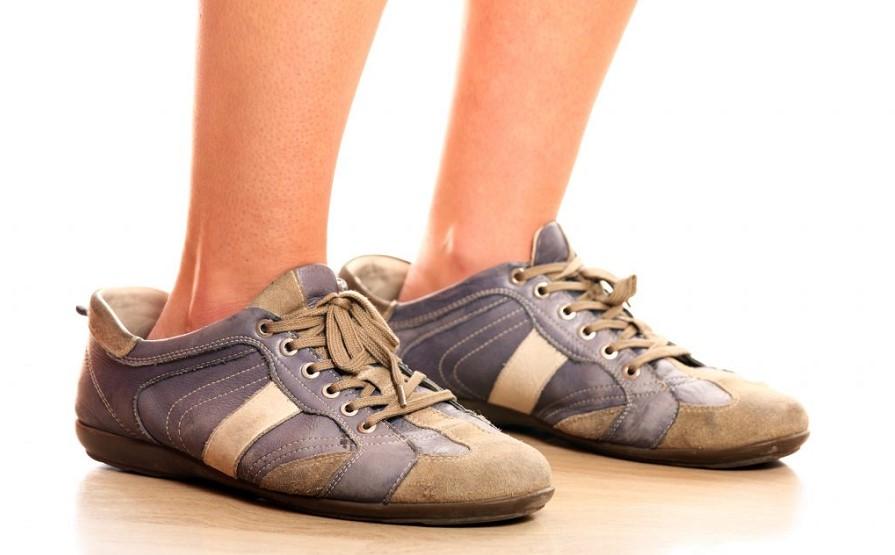
Step 1: Measure your feet
Before buying shoes, it is essential to measure your feet to determine their size accurately. You can do this at home using a piece of paper and a ruler. Place the paper on a hard surface, such as a floor, and stand on it with your feet flat.
Use the ruler to measure the length of your foot from the heel to the longest toe.
Repeat the process with the other foot and use the larger measurement to determine your shoe size.
It is important to note that your shoe size can change over time. Factors such as weight gain, pregnancy, and aging can all affect the size and shape of your feet. Therefore, it is recommended to measure your feet regularly, especially before buying a new pair of shoes.

Step 2: Check the fit
Once you have your feet measured, it is time to check the fit of the shoes. When trying on running shoes, make sure you wear the types of socks you will be wearing with them regularly. This will ensure that you get an accurate fit.
But how to tell if shoes are too big? When you wear shoes, walk around and pay attention to how they feel. Do they feel snug in all the right places? Where do shoes rub or pinch? The running shoes are too big if your finger slides in easily and there is still space around.
Take the time to adjust the laces or straps, if necessary, to get the perfect fit. Remember that it is better to err on the side of a slightly tighter fit, as shoes tend to stretch and loosen over time with wear.
In addition, to fit, it is important to consider the purpose of the shoes. Are they running shoes, hiking shoes, or casual wear? Different activities require different levels of support, cushioning, and traction. For example, athletic shoes typically have more cushioning to absorb shock, while hiking shoes have more traction to grip uneven terrain.
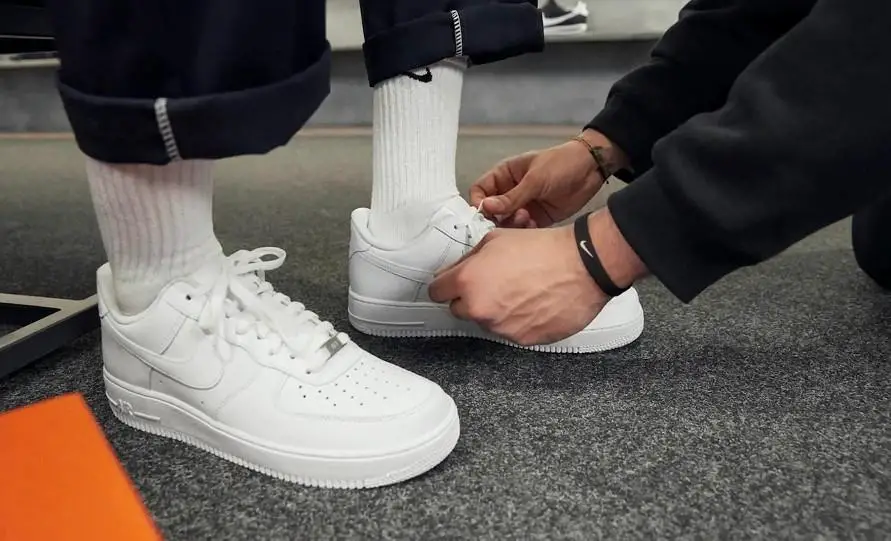
Heel slippage
How to tell if shoes are too big? One of the most common signs is heel slippage. This occurs when your heels move up and down inside the shoes as you walk. There are several reasons why heel slippage is problematic.
Firstly, it can cause blisters to form on your heels due to the constant rubbing of the shoe material against your skin.
It is extremely uncomfortable and difficult to walk when your shoes rub your feet.
Secondly, if your heels are slipping, it means the rest of your foot is not being supported properly. This can lead to overpronation or supination, which can cause pain and discomfort in your feet, knees, hips, and back.
If you experience heel slippage, try adjusting the laces or straps to see if that helps. If not, the shoes may be too big. It’s important to ensure that your shoes fit properly to avoid any potential foot problems in the future. You may want to consider trying on different shoe sizes or styles to find the perfect fit for your feet.
Toes bunching
When you’re purchasing shoes, it’s significant to make sure that there’s enough space for your toes.
If there’s extra space in the toe box, your toes may bunch up when you walk, which can be quite uncomfortable. Not only that, but if your toes are bunched up, you’re more likely to develop blisters or other injuries.
So, how much room do you need? Well, it’s all about finding the right balance. When you wear shoes, you want there to be a bit of space between your longest toe and the end of the shoe, but not too much.
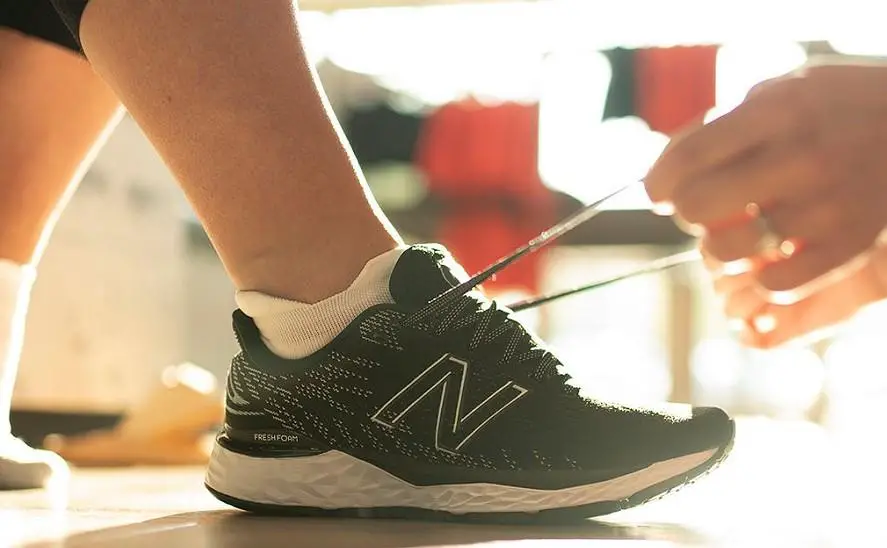
Proper fit of shoe
Ensuring the proper fit of your shoes is crucial for your overall foot health. How to tell if shoes are too big? A sliding foot in a shoe may be a problem when you wear bigger shoes. But it’s important to consider other factors as well. For example, wearing shoes that are too tight can cause discomfort and pain in the toes and can lead to blisters and calluses.
When choosing shoes, it’s essential to take into account the shape of your foot. Some people have a bigger foot, while others have a higher arch. This means that a shoe that fits perfectly for one person may not be the best option for someone else.
It’s also significant to consider the activity you’ll be doing while wearing shoes. For example, you may need a different type of shoe if you’ll be walking long distances versus if you’ll be running or doing other high-impact activities.
Tightness in other areas
If the shoes feel loose in some areas but tight in others, this is how to tell if shoes are too big. Make sure the shoe fits snugly around your ankle, instep, and midfoot. If there is too much space in these areas, the shoes may be too big.
It is also essential to consider the width of the dress shoes. If you have wide feet, you may need to look for shoes that are designed for a wider fit. Conversely, if you have narrow feet, you may need to look for shoes that are designed for a narrower fit.

Step 3: Use insoles or inserts
If you have determined that your shoes are too big, there are a few things you can do to make them fit comfortably.
One option is to use insoles or inserts. These can add extra cushioning and support and can also help fill up the extra space in the running shoes.
Insoles come in various shapes and sizes, so make sure you choose the right one for your shoes. Inserts, on the other hand, are designed to target specific areas of the foot, such as the arch or heel. Select the one that best fits your needs.
Step 4: Adjust the laces or straps
If your tennis shoes are too big, there are several things that you can do to make them more comfortable. In addition to adjusting the laces or straps, you can wear thick socks or add insoles.
It can help fill up the extra space in your tennis shoes, while insoles can provide extra cushioning and support. It’s important to make sure that your shoes are not too tight and that they don’t cut off circulation, as this can lead to discomfort or even injury.

Step 5: Consider buying a smaller size
If you have tried all the above solutions and your shoes are too big, it may be time to consider buying a smaller size. Make sure you measure your feet again to ensure that you get the right size this time.
Remember that different brands may have different sizing, so it is always a good idea to try on running shoes before buying them.
Step 6: Take care of your shoes
Taking care of your shoes is essential to ensure their longevity and comfort. To achieve this, there are several steps you can take. Firstly, make sure to clean them regularly. This includes removing any dirt, dust, or debris from the surface, as well as wiping down the interior.
Secondly, it is important to store them properly.
This means keeping them in a cool, dry place, away from direct sunlight or heat sources.
Thirdly, avoid exposing them to moisture or extreme temperatures, as this can cause them to stretch or shrink, and can also damage the material.
Finally, consider investing in high-quality shoe care products, such as leather conditioners for leather shoes or waterproof spray for dress shoes, to keep your shoes looking and feeling their best.
Common mistakes to avoid
When trying to determine if your new pair of shoes are too big, there are some common mistakes you should avoid:
Assuming your size is always the same
As mentioned earlier, your shoe size can change over time. Therefore, it is essential to measure your feet regularly, especially before buying a new pair. Measuring your feet regularly is not only essential in determining the size of shoes that you should buy, but also in identifying any changes in your foot size at an early stage.
Focusing only on length
While the length of your foot is essential, it is not the only factor to consider when determining your shoe’s size. The width of your foot is also crucial, especially if you have narrow or wide feet.
You should always consider both the length and width of your foot before buying shoes. Your big toe’s tip and the end of the shoes must have about one finger’s width of gap between them.
Buying shoes based on style instead of fit
It can be tempting to buy shoes based on their style rather than how they fit. However, this can lead to discomfort and even injuries. Always prioritize fit over style when buying shoes. This will ensure that you not only look good but also feel good when walking or standing for long periods.

Not trying on shoes before buying
Online shopping has made it easier to buy shoes without trying them on first. However, this can be risky, as different brands may have different sizing. Always try on shoes before buying them to ensure they fit correctly. Trying on shoes also allows you to walk around in them and get a feel of how they will be when walking.
Other solutions to consider
If you find that your shoes are too big, there are several solutions you can explore to address this issue. It’s important to consider these solutions, as ill-fitting shoes can cause discomfort and even lead to injuries over time.
Wear thicker socks
If your shoes are only slightly too big, wearing thicker socks may help fill up the extra space. This is a simple solution that does not require any additional purchases. However, if your shoes are too big, wearing thick socks may not be enough to make them fit properly.
In these cases, you may want to consider purchasing insoles or heel pads to help take up the extra space.
Using a tongue pad for a better fit
One of the most common problems with shoes is the extra space that can cause sliding and discomfort. However, there is a simple solution that can make all the difference: using a tongue pad. This small cushion can be attached to the tongue of the shoe, filling up the extra space and providing a snugger fit.
If you find that the extra space is mainly at the front of the shoe, using a tongue pad is a particularly good solution. It can also be helpful if you have narrow feet or if you’re between sizes.
In addition to improving the fit of your shoes, using a tongue pad can also provide extra comfort by reducing pressure on the top of your foot.
While tongue pads can be purchased at a shoe store or online, it’s also possible to make your using materials like foam or felt. Simply cut the material to the appropriate size and shape, and attach it to the tongue of the shoe using adhesive. With a bit of effort, you can enjoy shoes that fit perfectly and feel great all day long.
Get your shoes resized
If your shoes are too big and cannot be fixed with insoles, inserts, or adjusting the laces or straps, you may want to consider getting them resized. A professional shoe repair shop can do this for you. Resizing your shoes may cost you some money, but it is a good investment in ensuring the comfort and longevity of your shoes.
Use a heel grip
If you experience heel slippage, a heel grip may help. This is a small cushion that attaches to the back of the shoe and can help keep your heel in place. This solution is good if the extra space is mainly at the back of the shoe.
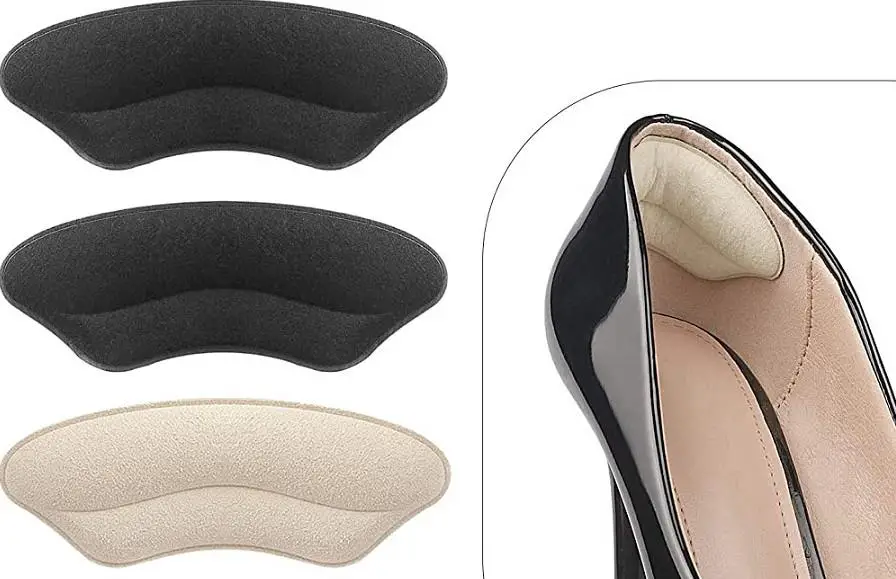
Conclusion
In conclusion, wearing big shoes can be uncomfortable and may cause injuries. It is crucial to wear shoes that fit correctly to keep your feet healthy and comfortable.
How to tell if your shoes are too big? Follow the steps above to determine what you can do to fix the issue. With the right fit, your shoes can provide you with the support and comfort you need to tackle your day.
Remember that proper shoe fit is essential not only for comfort but also for preventing foot issues. When your shoes are too big, it can cause a range of issues, from blisters to plantar fasciitis. Therefore, it is essential to take the time to find the right fit and to avoid common mistakes when buying shoes.
By following the tips in this guide, you will know how to tell if shoes are too big and ensure that your shoes fit correctly. Don’t let ill-fitting shoes hold you back—take the steps necessary to get the right fit and enjoy all the benefits of comfortable, supportive footwear.
FAQ
Is it OK to wear slightly bigger shoes?
Wearing slightly bigger shoes is not recommended as they can cause discomfort and foot injuries in the long run. If shoes are too big, it causes the foot slides inside the shoe, which can lead to blisters, calluses, and other foot problems.
What to do if your shoes are slightly too big?
If your shoes are too big, there are a few things you can do to make them fit better. One option is to try wearing thicker socks or adding insoles to fill up the extra space. When you wear socks, it can help fill up the extra space in your shoes, while insoles can provide extra cushioning and support.
Another option is to adjust the shoe laces, or straps to get a better fit. If these solutions don’t work, you may want to consider getting a smaller size.
How much space is too much in shoes?
It is recommended to have a bit of space between your longest toe and the end of the shoe, but not too much. If there’s extra space in the toe box, your toes may bunch up when you walk, which can be quite uncomfortable.
Having too much space in the shoe can also cause your feet to slide around inside the shoe, which can lead to blisters and other problems. However, tight shoes can be just as problematic, as they can cause discomfort and pain in the toes, and can lead to blisters and calluses.
Does 0.5 shoe size make a difference?
A shoe that’s a half size too big or too small can cause problems. Shoes should fit snugly but not too tight because they stretch over time. Big shoes cause overpronation or supination, leading to pain in the feet, knees, hips, and back.
Shoes that are too small cause discomfort, pain, blisters, and calluses. To avoid these problems, it’s important to choose shoes that fit properly and comfortably.

